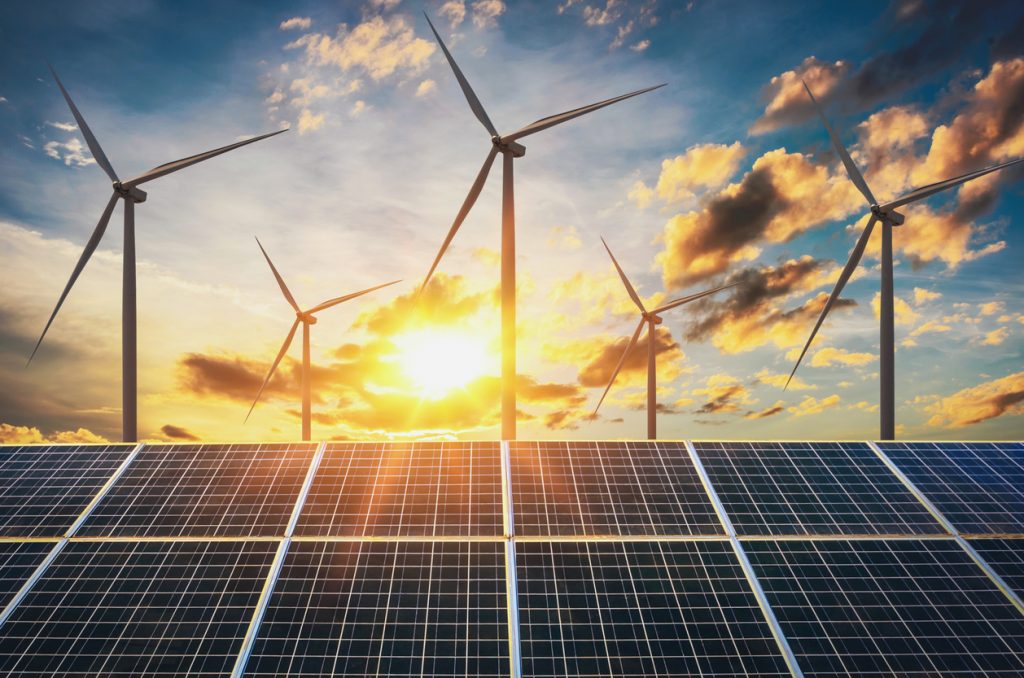Top 5 Tech Trends for the Energy and Utilities Sector in 2019
DistribuTECH 2019 kicked off this week in New Orleans, and one thing is clear: the energy and utility sector is drastically transforming. Smart grids, changes in policy, cybersecurity threats, and the digitization of customer relationships are forcing companies to rethink and reinvent themselves to stay competitive.

Here’s a short list of the top five technologies that will have a significant influence on the energy and utility industry in 2019.
- Artificial Intelligence (AI): While many utilities already use AI in one form or another, usage is likely to grow in the coming months. AI can help streamline backend functions through predictive maintenance, load forecasting, and energy theft prevention. AI will also transform the customer experience by providing insights and making predictions to suppliers.
- Internet of Things (IoT): IoT can filter utility data to determine the right way to deliver services, manage infrastructure and meet consumer demands. The implementation of grid sensors could help predict and resolve issues quickly, saving companies time and money. IoT can also help integrate distributed energy resources (DERs) into the existing grids and enable resource suppliers to have a more active role in energy supply and demand.
- Blockchain: Even with recent declines in cryptocurrency, blockchain technology will rise in demand in 2019 for energy and utilities. Blockchain can streamline supply and demand transactions, cut costs, removing barriers throughout the value chain. It can enable faster adoption of electric vehicles and unlock new revenue potential from “smarter” hardware. The transparent nature of blockchain will enhance the customer experience, offering up the competitive edge suppliers need to thrive in 2019 and beyond.
- Data and Analytics: Energy and utility companies have so much stored data that it has become increasingly difficult to manage the systems. Data will play a critical role in how companies strategically position themselves in the marketplace. Analytics, will give companies insights to better gauge market trends, forecast pricing, and identify consumer pain points before it’s too late.
- Chatbots and Voice Assistants: Gartner predicts that by 2020, customers will manage 85% of their interactions with companies without interacting with humans. While human interaction will never go away completely, chatbots can reduce costs and increase efficiency for utility customer care. On call around the clock, chatbots can be the entry point for customer care, which allows (human) staff to assist with more complicated issues.
Voice Assistant technology will increase in popularity in 2019 with Wood Mackenzie Power & Renewables estimating that 65 million homes in the U.S. will own at least one standalone voice assistant device over the next four years. Customers are already leveraging devices to control their thermostats. Voice Assistant technology is still relatively new, but it’s something to watch.
Energy companies don’t need to wait for new technology to start engaging with customers today. Learn how you can start creating value by harnessing the power of social media here.



